CLOSE
Machine tool flexible connection
Machine tool flexible connection is a device used to flexibly connect the various parts of the machine tool, usually made of flexible materials such as rubber, canvas or metal bellows. It is mainly used to compensate for the displacement, thermal expansion and vibration of the machine tool and prevent stress concentration caused by hard connection. The flexible connection has good shock absorption, buffering and corrosion resistance, can effectively extend the service life of machine tool parts, and is widely used in industrial fields such as CNC machine tools and automation equipment.

Related products

Model Inquiry

Phone
+86 15369455556

info@cn-hckj.com

+86 15803375432
Machine tool soft connection is a device used to flexibly connect different parts or systems of machine tools. It is usually used to connect the moving parts and fixed parts of machine tools, allowing the equipment to produce small displacements or vibrations during operation without affecting the function of the connected parts or causing damage. The application of soft connection in machine tools can play a role in buffering, shock absorption, and displacement compensation, which helps to improve the stability and service life of the equipment.
The main functions of machine tool soft connection:
1. Shock absorption and noise reduction: When the machine tool is running, especially in high-speed processing or large movements, vibration and noise will be generated. Soft connection can effectively reduce these vibrations and reduce noise transmission.
2. Compensation displacement: Due to thermal expansion and contraction, vibration or movement, displacement may occur between machine tool parts. Soft connection can compensate displacement within a certain range to prevent stress concentration caused by rigid connection.
3. Sealing protection: In some occasions where sealing is required, such as liquid and gas transmission pipelines, soft connection can provide good sealing performance to prevent leakage.
4. Flexible adaptability: Soft connection has good flexibility and can adapt to the complex movement mode of machine tools to ensure coordinated work between moving parts.
Application scenarios of machine tool soft connections:
Hydraulic pipelines and pneumatic pipelines: In the hydraulic or pneumatic system of the machine tool, soft connections are used to connect pipelines to prevent pipeline rupture or loose interfaces caused by vibration or displacement.
Chip removal device: In the machine tool chip removal system, soft connections can be used to connect moving parts with chip removal pipelines to ensure smooth chip removal and withstand the displacement caused by machine movement.
Vacuum or cooling system: In the vacuum or cooling system, soft connections can connect vacuum cleaners or coolant supply systems to keep the equipment clean and prevent system leakage.
Types of machine tool soft connections:
1.Rubber Flexible Connectors: widely used in shock absorption, sealing and other occasions, with good elasticity and wear resistance.
2. Metal corrugated hose: suitable for high temperature or high pressure environments, usually used to connect fluid pipelines or systems requiring higher sealing performance.
3. Plastic hose: with the characteristics of corrosion resistance, light weight, good flexibility, etc., suitable for some light machinery or highly corrosive working environments.
4. Fiber-reinforced flexible connection: Through the design of the reinforcement layer, the compression and tensile resistance of the flexible connection is enhanced, which is suitable for occasions requiring high-strength connection.
Key points for selecting flexible connection:
Material selection: Select suitable materials such as rubber, metal, plastic, etc. according to the working environment of the machine tool to ensure that the flexible connection can withstand the pressure, temperature and chemical corrosion in the working environment.
Dimensions: Select the size and shape of the flexible connection according to the specific requirements of the machine tool equipment to ensure that it can adapt to the movement requirements of the equipment.
Service life: Choose a flexible connection with a long service life, wear resistance and fatigue resistance to reduce maintenance and replacement frequency.
Machine tool soft connection plays an important auxiliary role in modern machine tools and automation equipment. Its rational use can not only improve the performance and stability of the equipment, but also effectively reduce the maintenance cost of the equipment.
Product Packaging
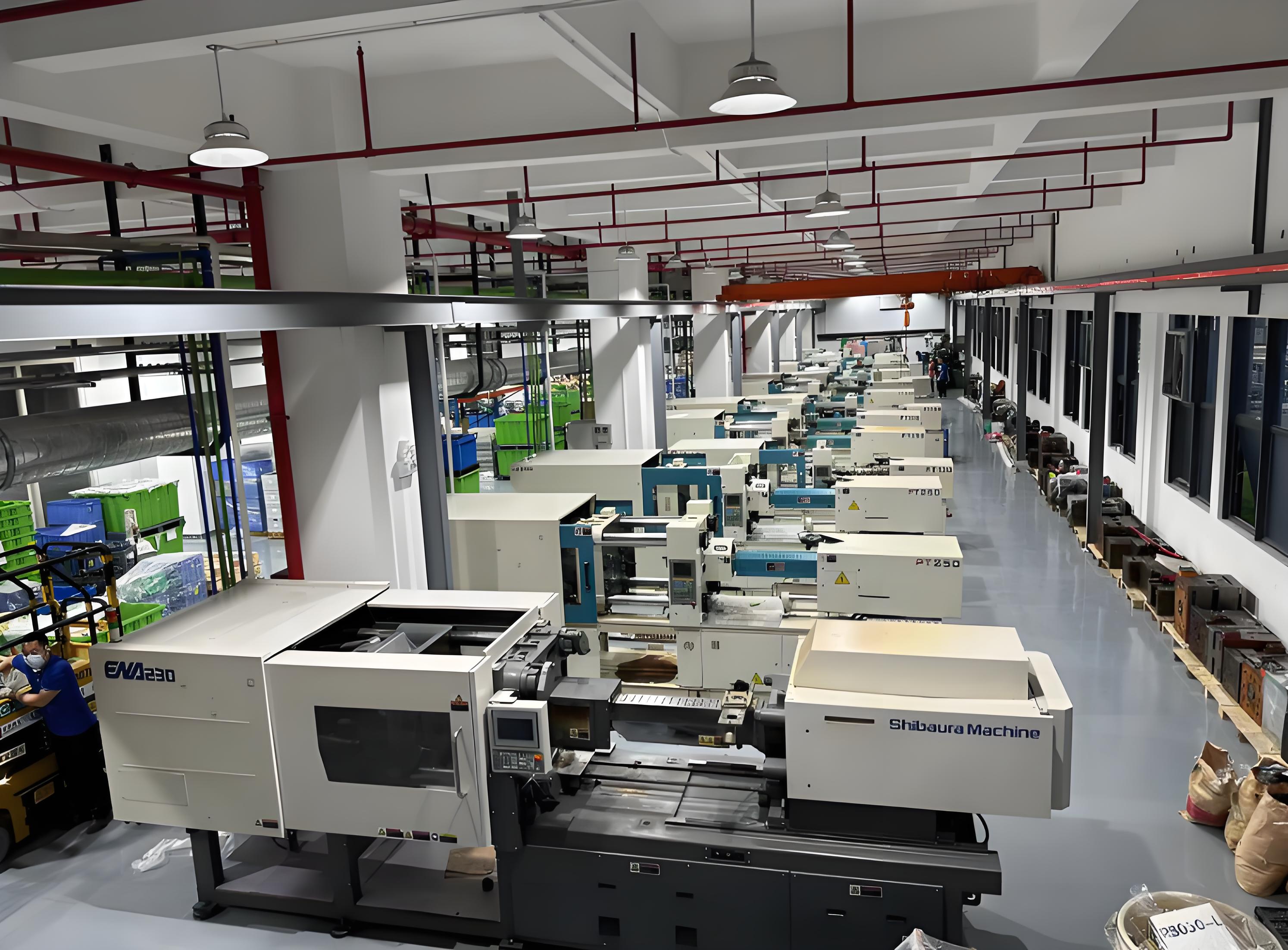

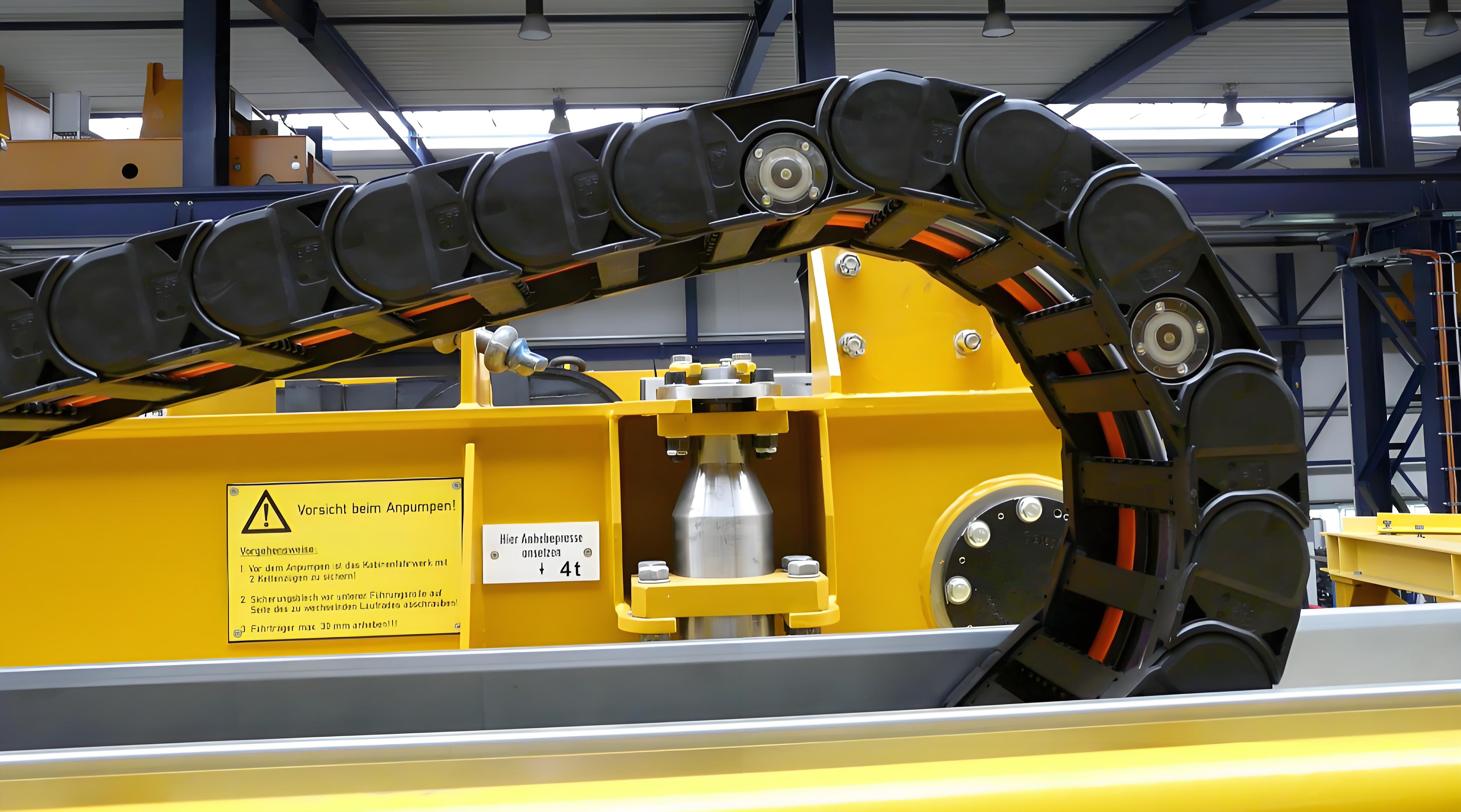
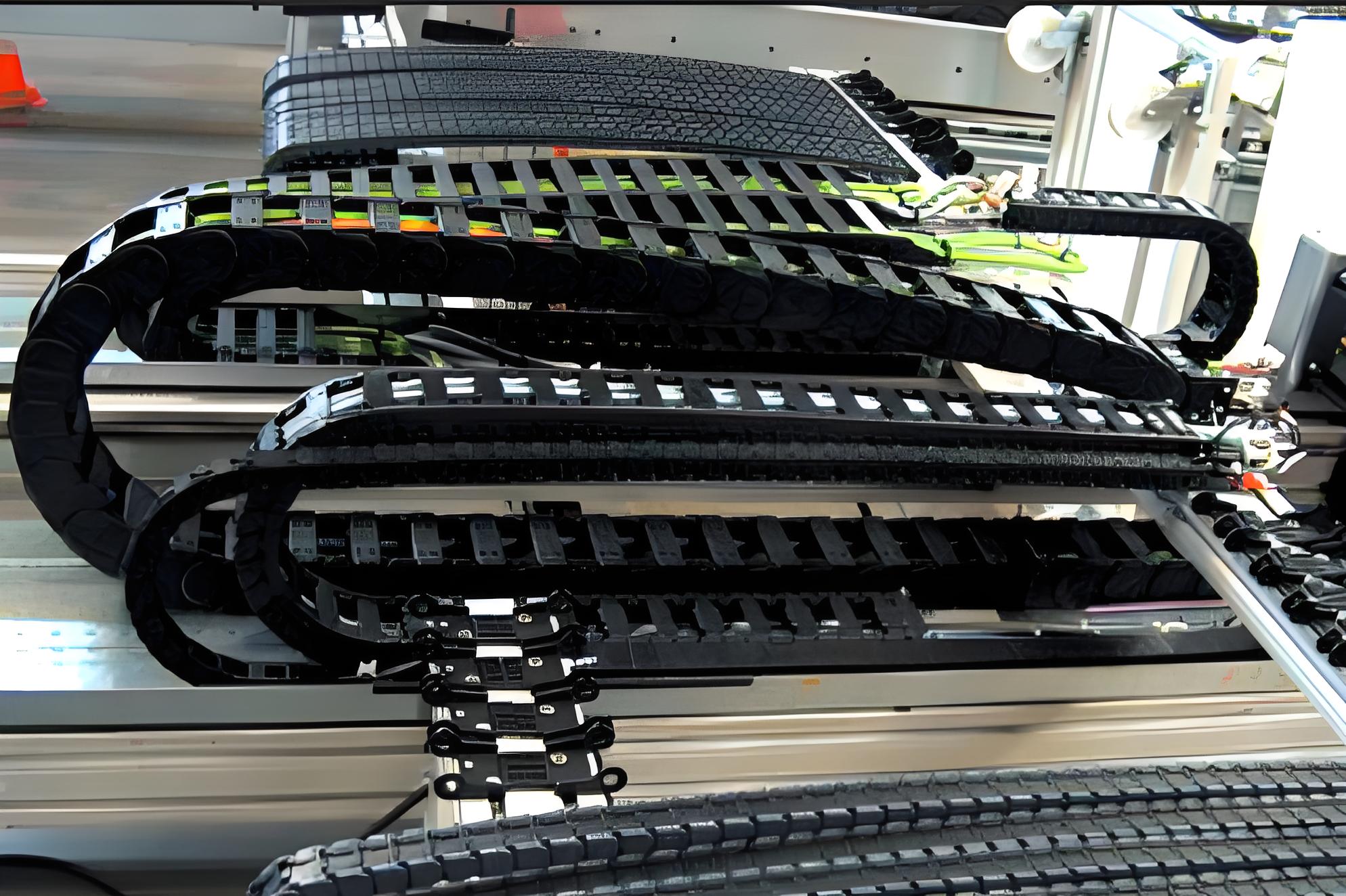
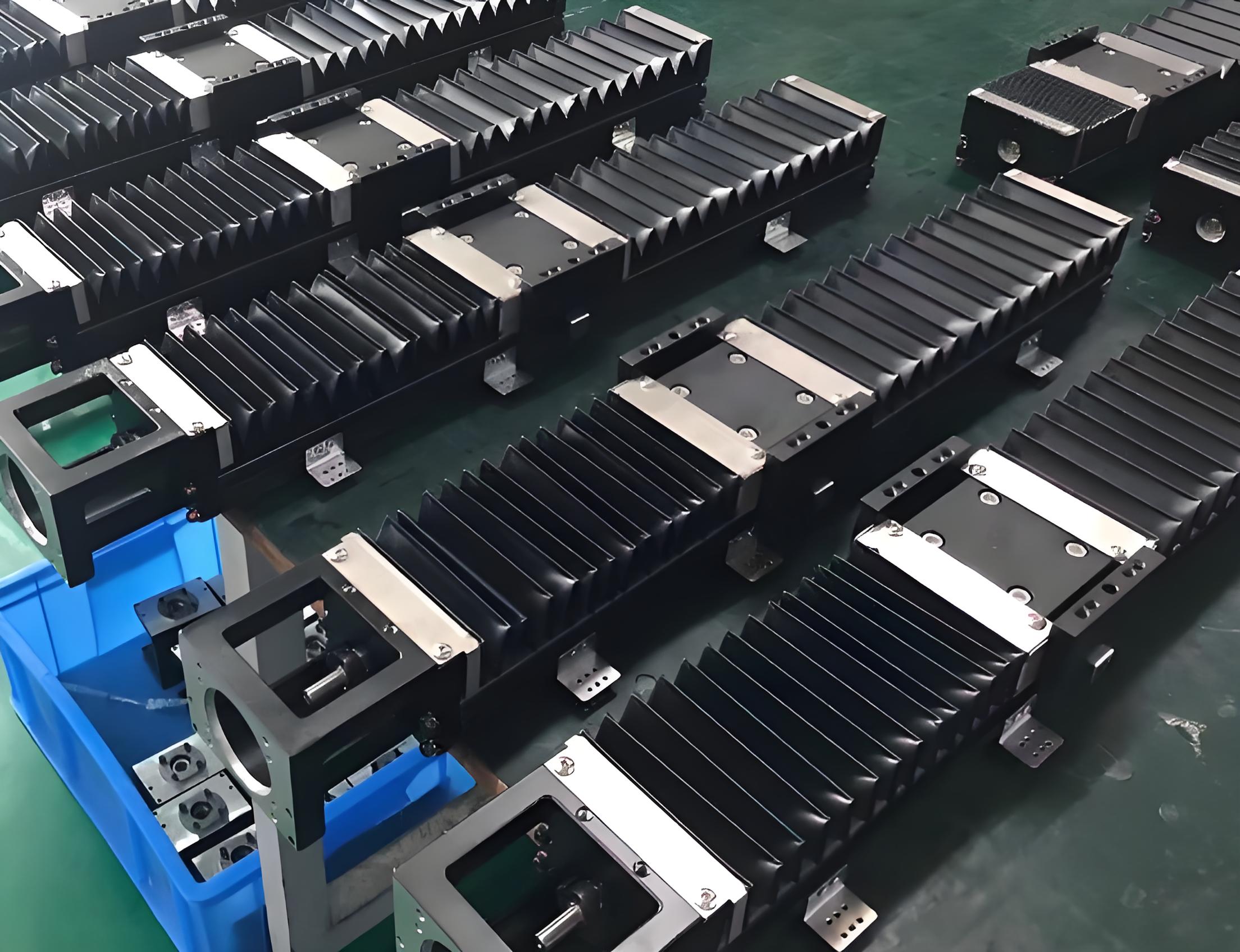
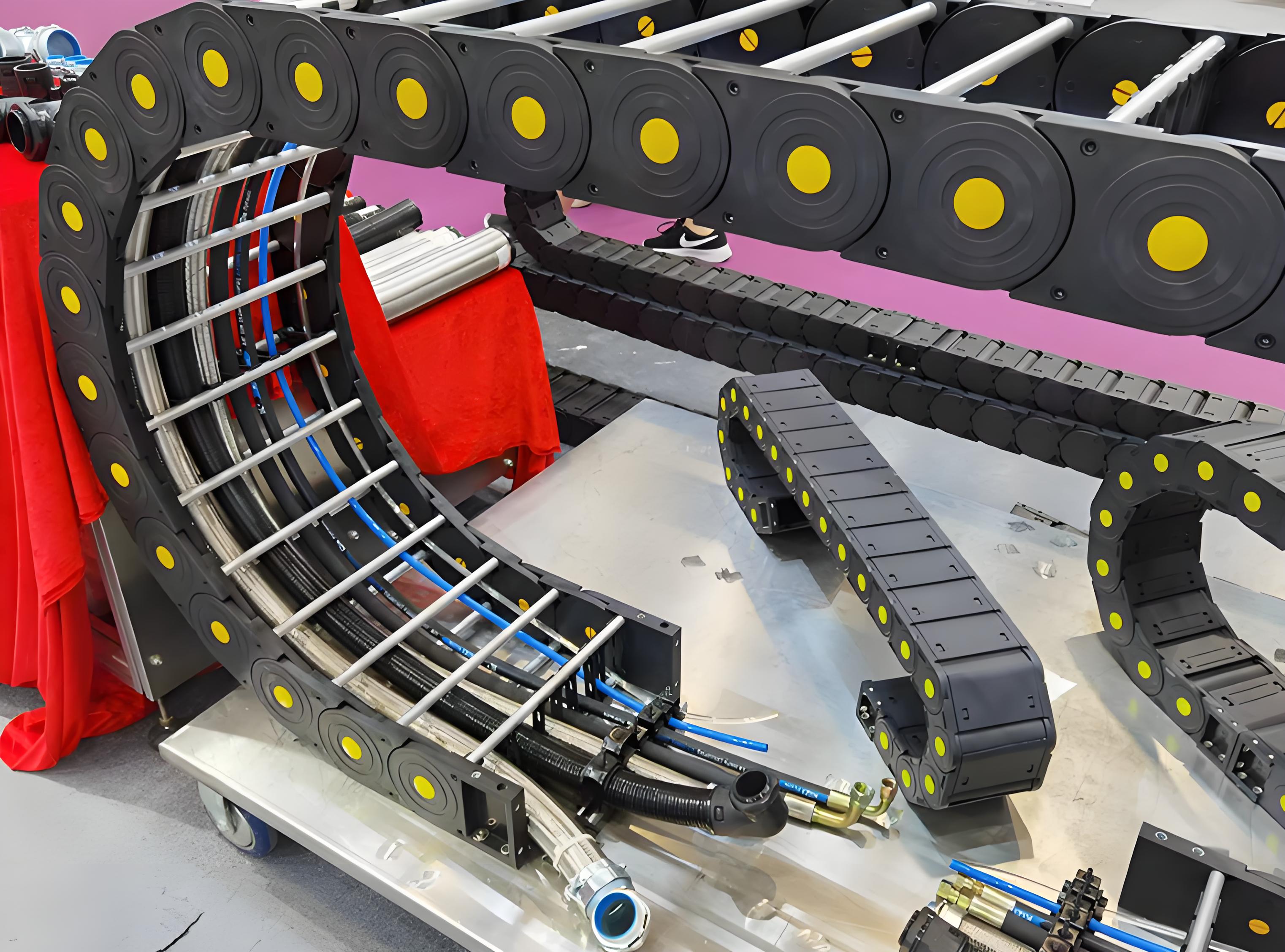
Craftsmanship
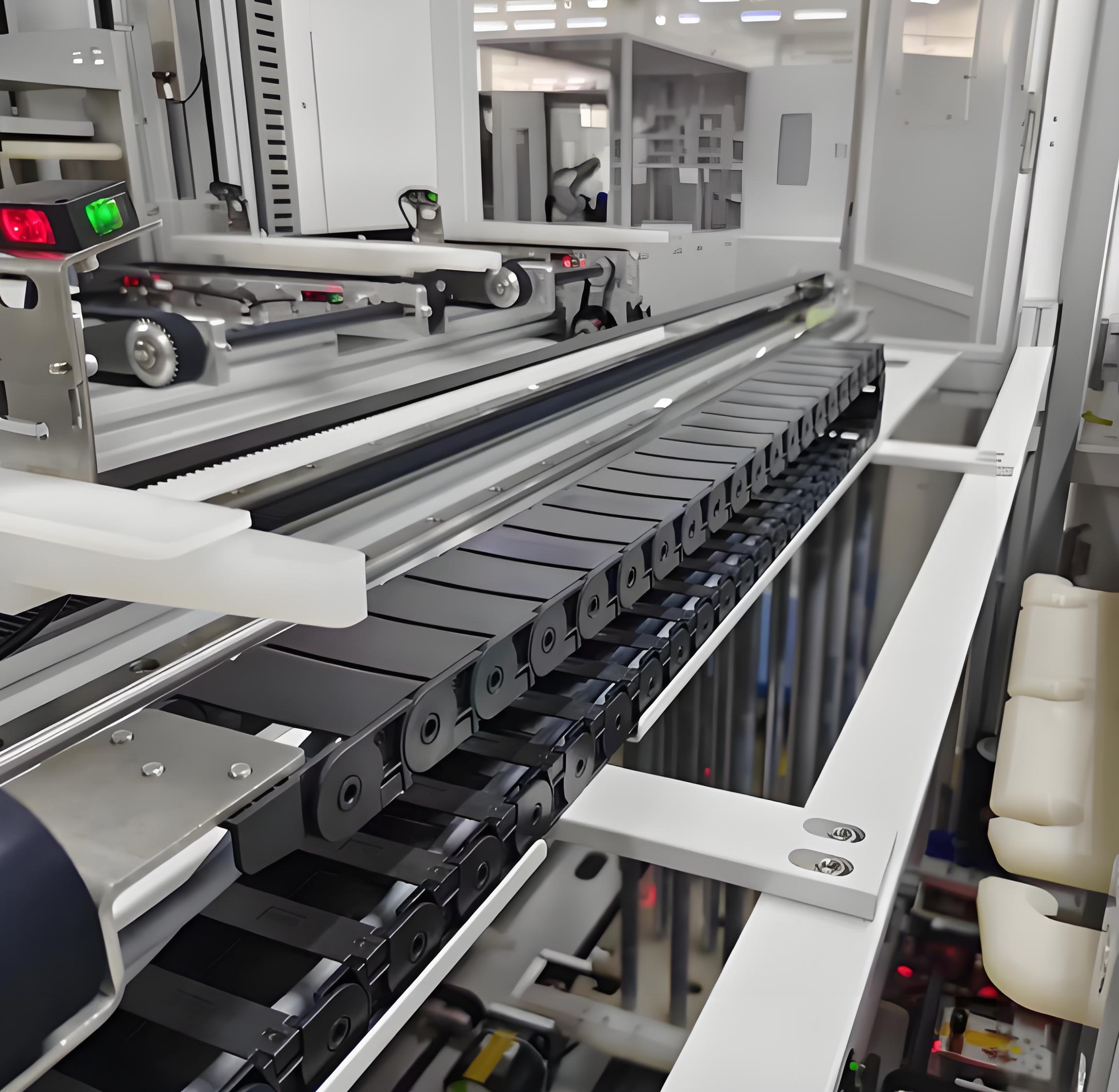
Design Phase
Requirement Analysis: Determine the size, shape, and performance standards of the protective cover based on client needs or equipment requirements.
CAD Design: Use CAD software for detailed design of the protective cover, generating 2D or 3D drawings to ensure precise matching with the machine structure and operating trajectory.
Material Selection
Material Type: Choose materials based on different environmental requirements; common materials include **steel plates, stainless steel, aluminum alloy**, or special fabrics (like heat-resistant fibers, PVC) for flexible covers.
Thickness and Hardness: Select appropriate thickness and hardness based on machine operation strength and environment to ensure sufficient protection without affecting machine operation.
Material Processing
Cutting: Use **laser cutting**, **plasma cutting**, or **CNC shearing machines** to precisely cut steel plates or other materials according to design drawings.
Bending and Shaping: Employ **CNC bending machines** or other machinery for bending to form the required shapes like flat, arc, or cylindrical.
Welding and Assembly
Welding: For hard materials like steel plates, use **TIG welding** or **MIG welding** to join structural parts.
Riveting or Bolt Connection: In some cases, bolts or rivets are used for connections, especially in structures that need to be disassembled later.
Frame Installation: Some covers require internal frames for added strength and support, which will be assembled with the cover shell.
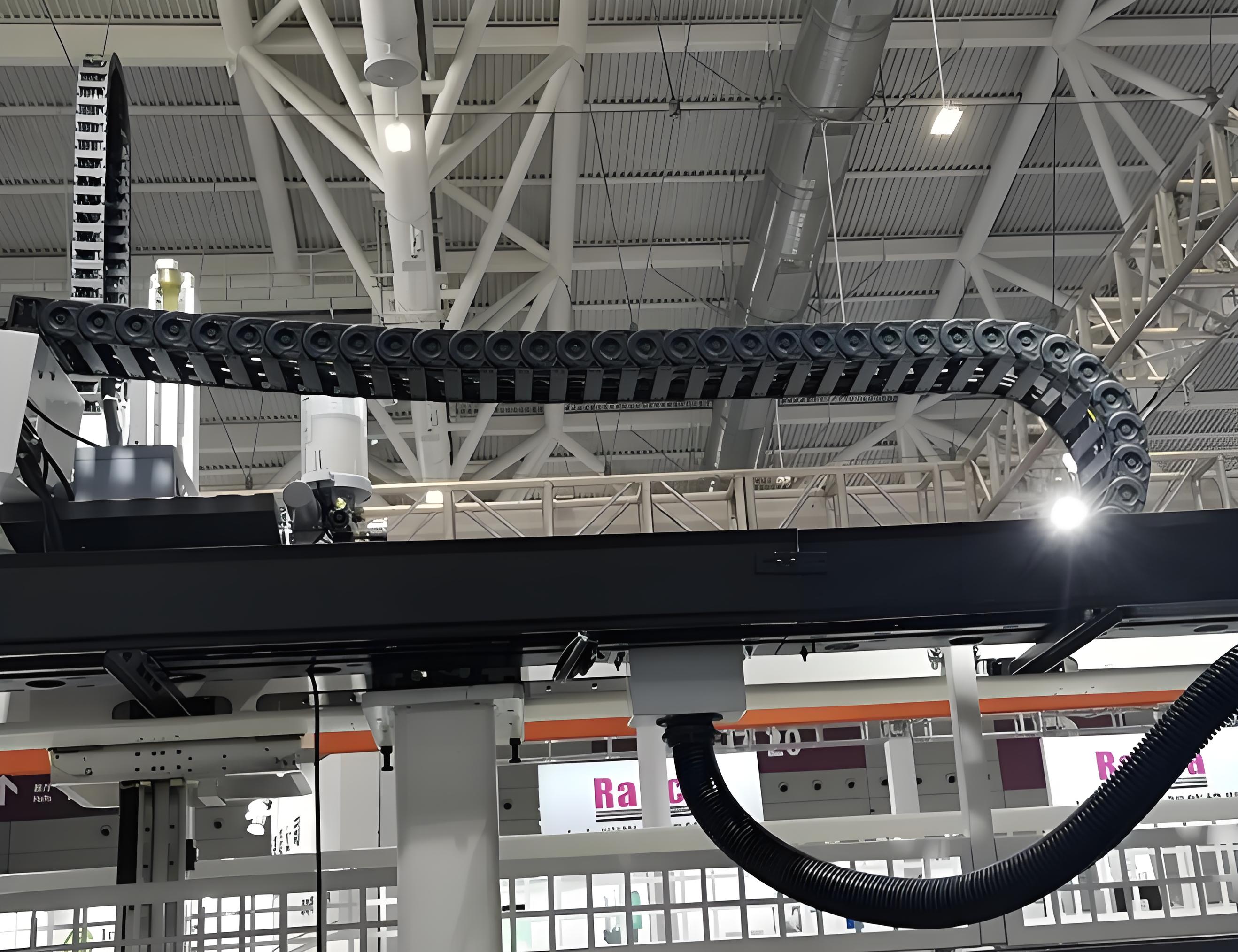
Surface Treatment
Polishing and Grinding: The surface after welding or processing usually requires polishing and grinding to remove burrs and slag, ensuring a smooth finish.
Corrosion Treatment: Depending on the environment, perform **plating**, **painting**, or **powder coating** to enhance corrosion resistance and wear resistance, especially for covers used in humid or corrosive conditions.
Heat Treatment: Some materials undergo **heat treatment** to increase strength and durability.
Quality Inspection
Dimensional Inspection: Precisely measure the dimensions of the protective cover to ensure perfect fit with the machine equipment.
Strength and Durability Testing: Test the load capacity, impact resistance, and wear resistance of the protective cover to ensure it does not deform or damage over long-term use.
Appearance Check: Ensure even surface treatment with no scratches or bubbles.
Installation and Debugging
Pre-assembly: Sometimes trial assembly is conducted in the workshop to ensure good matching of the protective cover's parts with the machine's interfaces and guides.
Installation Debugging: Install the protective cover on the machine and conduct actual operation debugging to ensure it does not interfere with the machine's motion trajectory and effectively protects key components.
Packaging and Shipping
Protection Processing: Finished protective covers are usually packaged to prevent damage during transport; rust-proof oil or protective film may be used as necessary.
Shipping and Installation Guidance: Deliver the finished product to the client's site and provide detailed installation instructions or technical support to ensure correct installation and use.
C
O
N
T
A
C
T
You can contact us through the contact information below, and we will arrange personnel communication in time after receiving your inquiry. You can also click the chat button in the lower right corner to communicate with us online in real time!










